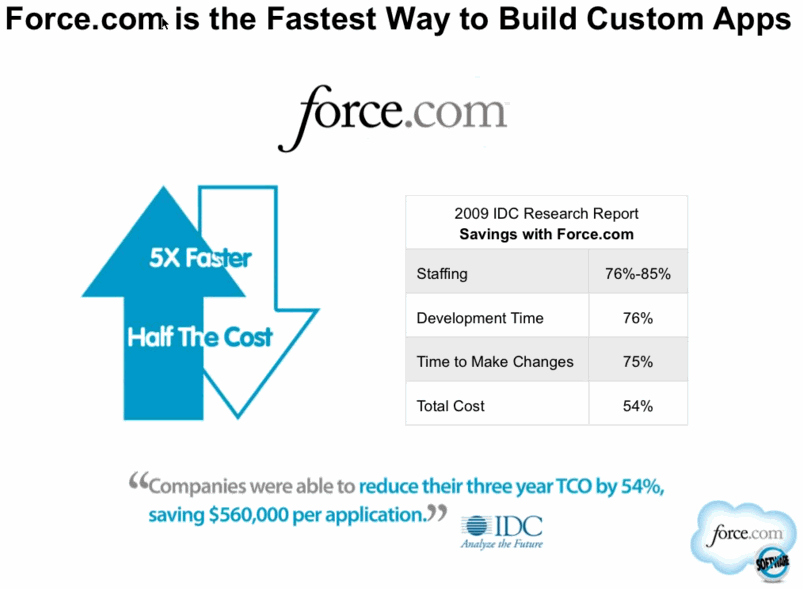At a Salesforce User’s Group meeting I heard a story about an Administrator that was brought in to manage a Salesforce.com org after the implementation was completed. What made this particular case interesting was that the partner that did the implementation created a lot of customization to replace many native functions – such as a custom interface to create a new Account. At the time this may have been seen as a benefit, but the downstream impact was severe.
The new Administrator was not comfortable changing the customizations in fear that she would break the code. Even more so, Salesforce.com support could not lend a hand over the phone for the same reason. This was limiting the company’s ability to grow with the tool and their ability to roll-out enhancements. To make any changes they are now faced with a couple of options – bring in a Developer every time they want to make a tweak to their configuration, or, rip out the customization and redeploy. Neither being a great option.
I think this helps illustrates a lessoned learned. The implementation partner probably should have done a better job coaching the client as to the long term impact of going down a heavily customized path. Perhaps the partner was too tempted to appease the customer knowing that they could make Salesforce “do anything” the customer requested. Hopefully their intent was not to rope the client into ongoing support dependency.
And there lies the fine line with such a powerful and flexible platform like Salesforce.com – you can make it do just about anything. Sometimes customization is appropriate. It can be the silver bullet that gives Salesforce the value an organization desperately needs, but you must also to keep in mind the resources a company has at its disposal for the ongoing care and feeding (or their appetite to pay for a Developer). My recommendation is that it is better to “keep it simple” and leverage as much native functionality as possible before crossing the line into custom code. A good consultant should help you get the most out of the Salesforce.com platform with the least amount of headache.
